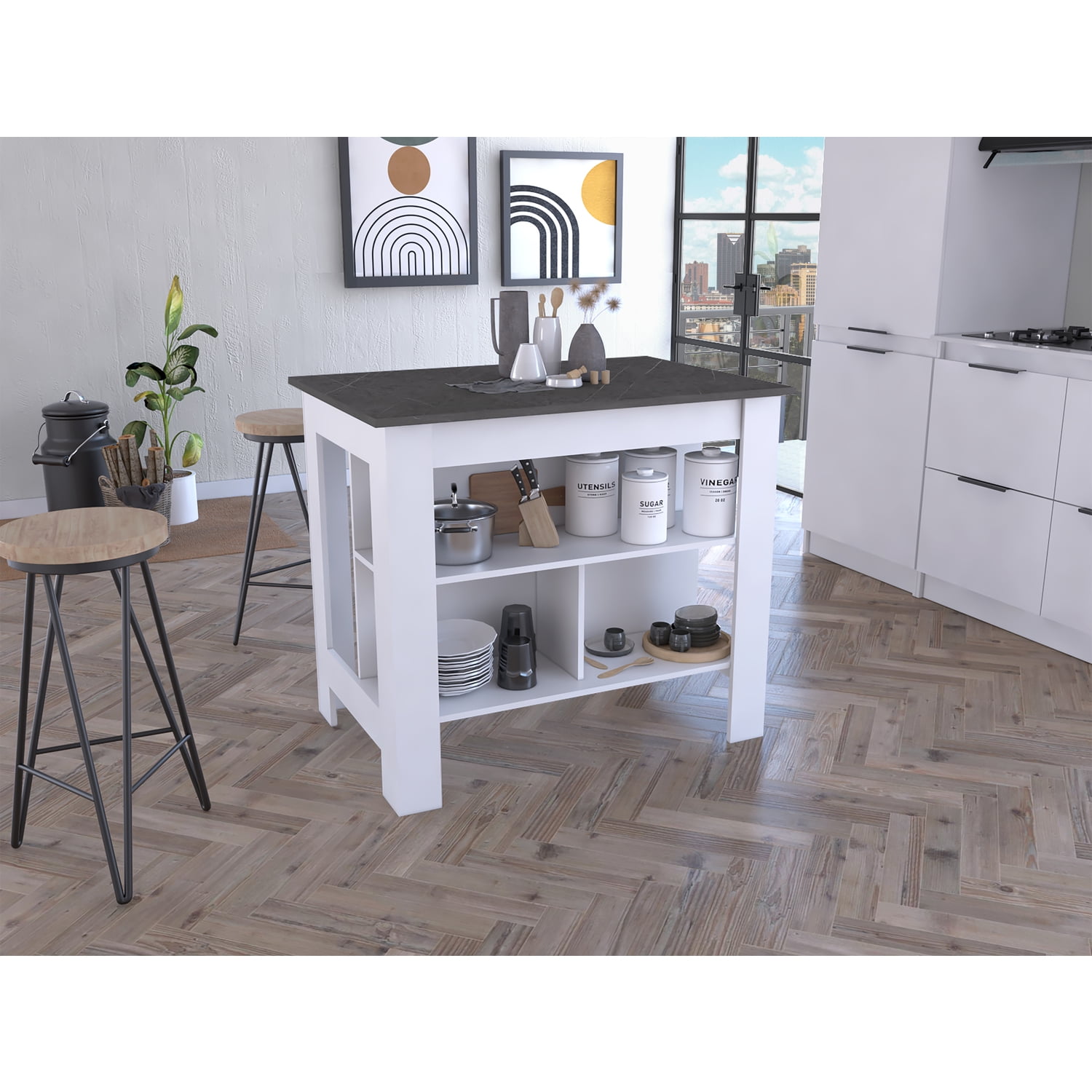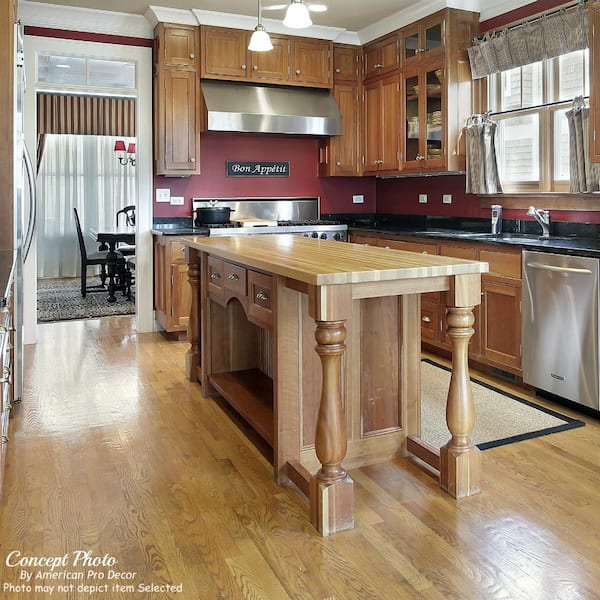Change Any Kitchen Space with Lovely Legs For Kitchen Island Options
Change Any Kitchen Space with Lovely Legs For Kitchen Island Options
Blog Article
Crucial Variables to Take Into Consideration When Choosing Legs For Kitchen Area Island
Choosing the suitable legs for a kitchen island includes a mindful analysis of several elements that can considerably influence both capability and visual charm. Among these, the selection of product plays an essential role in guaranteeing resilience, while the design has to match the existing design. Considerations such as elevation and weight support are crucial for security and comfort. As we discover these aspects, it becomes clear that each choice can have significant implications for the total kitchen area experience. What subtleties should be thought about in each of these categories to attain the optimal balance?
Material Options
When picking legs for a kitchen island, comprehending the numerous material choices is crucial for achieving both visual allure and structural stability (Legs For Kitchen Island). The option of product significantly influences not just the resilience of the island however additionally its total design and performance
Metal legs, frequently made from stainless steel or wrought iron, contribute a modern and industrial feel while ensuring resilience and stability. These materials are resistant to wear and can support significant weight, making them ideal for bigger islands.
An additional alternative is crafted materials, like MDF or plywood, which can be extra economical while still using a variety of surfaces. They may not provide the very same degree of stability as strong timber or metal. Legs For Kitchen Island. Lastly, products such as acrylic or glass can produce a contemporary appearance, though they might require added assistance to guarantee stability.
Eventually, the selection of product for kitchen area island legs ought to align with the wanted performance and the total style of the cooking area.
Design And Style

When taking into consideration design, the form and coating of the legs are critical. Tapered legs can offer a sense of lightness and beauty, while thicker, much more robust legs can convey strength and stability. Additionally, the finish-- be it repainted, tarnished, or all-natural-- need to enhance the kitchen cabinetry and kitchen counter products to develop a unified appearance.
Additionally, the style of the legs can likewise show personal taste. Customized or ornamental legs, such as those featuring elaborate carvings or unique geometric forms, can offer as focal factors, adding character and personality to the cooking area. Inevitably, the ideal selection will certainly not only enhance functionality but also elevate the aesthetic allure, making the kitchen area island a standout feature of the Get the facts home.
Elevation Factors To Consider
Choosing the proper elevation for kitchen area island legs is critical, as it directly influences both functionality and convenience. The standard height for find out a cooking area island generally ranges from 36 to 42 inches, straightening with common counter top elevations.

It is additionally important to represent users' preferences and elevations. Personalizing the height can ensure a comfy experience for all relative, making the cooking area island a much more enjoyable and useful room.
Weight Support
Ensuring appropriate weight support for cooking area island legs is crucial for both safety and capability. The kitchen area island often offers multiple objectives, including cooking, dining, and added storage, demanding a robust assistance structure. When picking legs, it is vital to consider the total weight capacity called for based on the island's intended use and the products that will certainly be positioned on it.
The selection of material for the legs plays a substantial role in their weight-bearing abilities. Strong wood, steel, and sturdy composites usually provide remarkable toughness compared to lighter materials. In addition, the design of the legs-- whether they are straight, tapered, or have a pedestal type-- can affect their ability to distribute weight successfully throughout the structure.
Constantly internet consult the manufacturer's specifications regarding load limits to ensure that the legs can maintain the desired weight without endangering safety and security. In recap, choosing kitchen area island legs with sufficient weight support is important for developing a secure and useful culinary space.
Installment and Upkeep
Appropriate setup and maintenance of cooking area island legs are essential for making certain durability and stability. To start, it is important to adhere to the producer's guidelines throughout setup. This typically involves safeguarding the legs to the space station using ideal bolts, guaranteeing that the legs are degree and lined up. Using a degree device can help protect against wobbling and enhance the total aesthetic allure of the kitchen area island.
As soon as installed, normal maintenance is needed to preserve the stability and appearance of the legs - Legs For Kitchen Island. For wooden legs, routine cleaning with a wet cloth and application of appropriate timber polish can stop moisture damage and keep their finish. Steel legs might require a mild cleansing service to get rid of oil and gunk, adhered to by a completely dry cloth to avoid rust formation
In addition, inspect the legs consistently for signs of wear or damage, such as cracks or loose joints. Tightening screws or bolts as required can additionally lengthen the lifespan of the legs. By adhering to these installation and maintenance techniques, house owners can make certain that their cooking area island remains sturdy and visually appealing for years to come.
Conclusion

Aesthetic comprehensibility is critical in choosing the style and design of legs for a kitchen island, as these elements greatly affect the general ambiance of the area. Conical legs can offer a feeling of lightness and beauty, while thicker, much more durable legs can convey toughness and security.Selecting the proper elevation for kitchen island legs is essential, as it straight influences both functionality and convenience. In summary, picking kitchen island legs with ample weight support is important for creating a risk-free and useful cooking room.
In verdict, picking legs for a cooking area island demands mindful factor to consider of different aspects, consisting of material alternatives, design, elevation, weight support, and setup.
Report this page